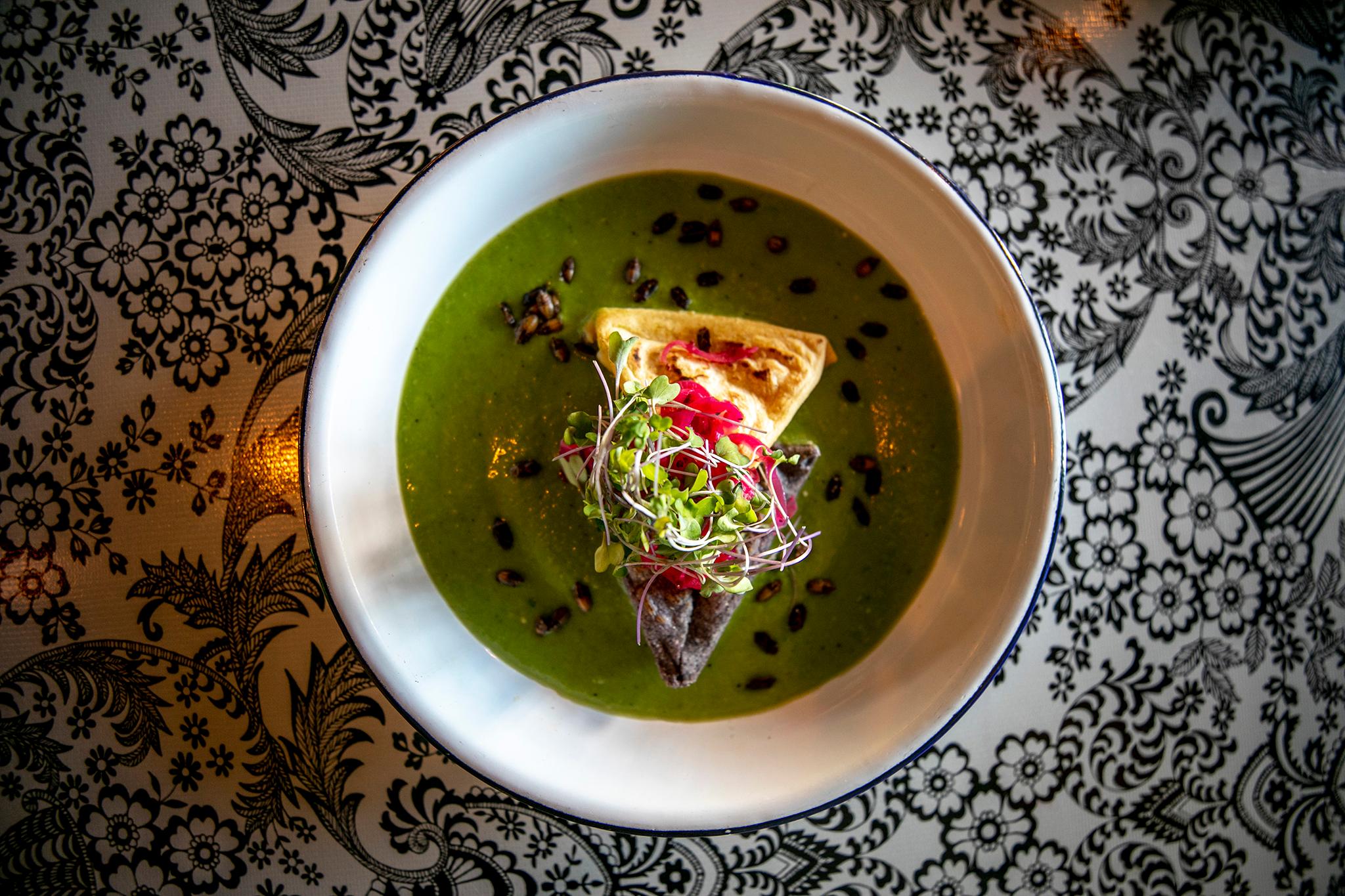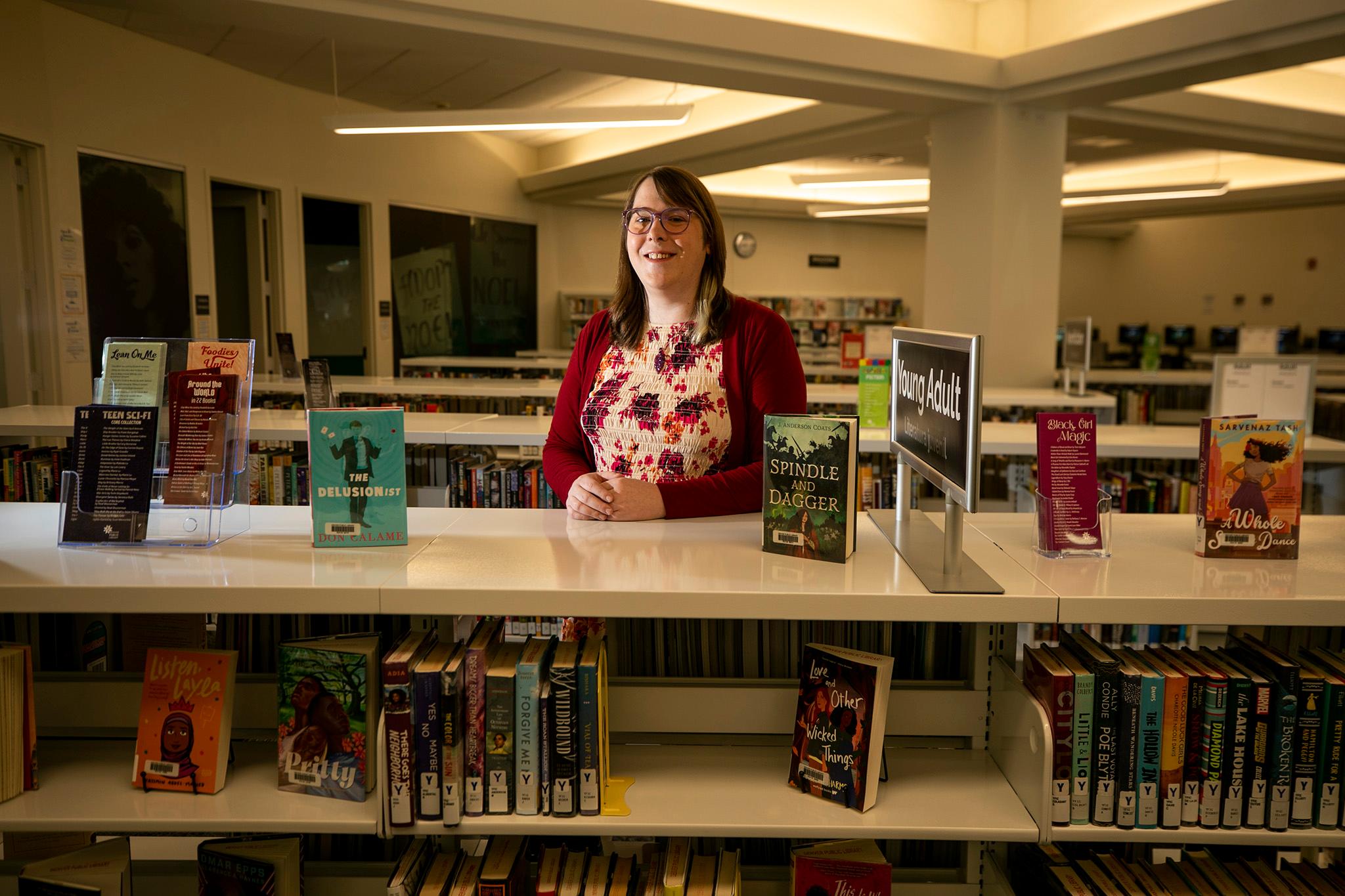
You can thank Henry Brown for the odd angles where Capitol Hill mishmashes with downtown Denver. While the early city aligned itself with the Cherry Creek, Brown decided for a north-south plan for his 120 acres to the east. In between the two grids was a triangular lot where Brown's cow grazed, a triangle that now is home to his namesake, the Brown Palace.
The hotel turns 125 years old this month. Its historian, Debra Faulkner, will curate a temporary museum inside to commemorate its legacy amid the shifting city its founder helped build. Faulkner was kind enough to offer a sneak peek at the artifacts and stories that will soon be on display.

Henry Brown helped shape Denver as we know it.
Henry Brown, a real estate mogul and carpenter from Ohio, came west along with so many others during the Colorado gold rush. But he wasn't in search of precious metals, Faulkner says.
"Brown came to mine the miners."
After he arrived in 1860, Brown invested in property stretching east from fledgeling Denver, purchased the Denver Daily Tribune and helped found the Denver Board of Trade.
Before Colorado named its capitol in 1876, Denver was in the running with other cities. It was Brown's ambition to prop up his real estate holdings that won Denver the honor. The businessman donated his hilltop property, known as Brown's Bluff, that would someday become the Capitol Building grounds. He was motivated by the foresight that his other land by the site would become valuable as the building was erected.
"Henry helped to seal the deal for Denver," Faulkner says as she wanders through the building. "That was the beginning of his fortune and that was the way he was able to finance this hotel."

The growing city, in turn, left its mark on the Brown Palace.
Inside a private dining room, Faulkner laments that the hotel's architect would be "rolling over in his grave" if he knew the grand entrance he designed was walled up.
Guests once entered the triangle-shaped hotel in the center of its hypotenuse, greeted by the lobby's towering ceiling and a perfect right angle ahead of them. But the ornate entrance on Broadway was not designed with automobile traffic in mind. Today, standing outside of that long-gone doorway today, it's easy to see why the entrance had to be moved to Tremont Street.

Much of the hotel still gleams with a gilded European style, but its eighth and ninth floors are a departure in design.
When the Great Depression hit pocketbooks all over the nation, the Brown Palace's owners, then the Boettcher family, saw that chic hotel guests would not sustain their property. To create steady income, the high-ceilinged eighth floor was converted into two stories of apartments, fitted with the art deco furnishings of the day. Those apartments have become hotel rooms again, but those two floors maintain their 30s-era swagger.

Even at 125, the place still has a little magic in it.
The Brown Palace, Faulkner says, "always had a place in Denver’s literal and figurative heart."
The odd-shaped lot in the center of our modern city has hosted every president since Teddy Roosevelt except Coolidge, Obama and Trump. Such icons as The Beatles and Thomas Edison are listed on its rosters.
In its day it was a marvel of modern engineering, boasting the cover of Scientific American weeks before its opening day for its "fireproof" design and coal-generated electricity long before the rest of the city saw a grid. Its various owners have stocked its cases with artifacts from the Napoleonic wars and miniature wooden ships.

But it's not any one of these things that drives Debra Faulkner's love for the place.
"I just think there’s a magic to the building," she says.
Even at nine years as a tour guide, Faulkner still tells the Palace's stories with excitement.
You can learn from her expertise and see some of the hotel's artifacts up close when her pop-up museum is in operation. Catch it on the Brown Palace's second-floor mezzanine from noon to 6 p.m. Friday, Aug. 11, 9 a.m. to 6 p.m. Saturday and 10 a.m. to 3 p.m. Sunday.




















